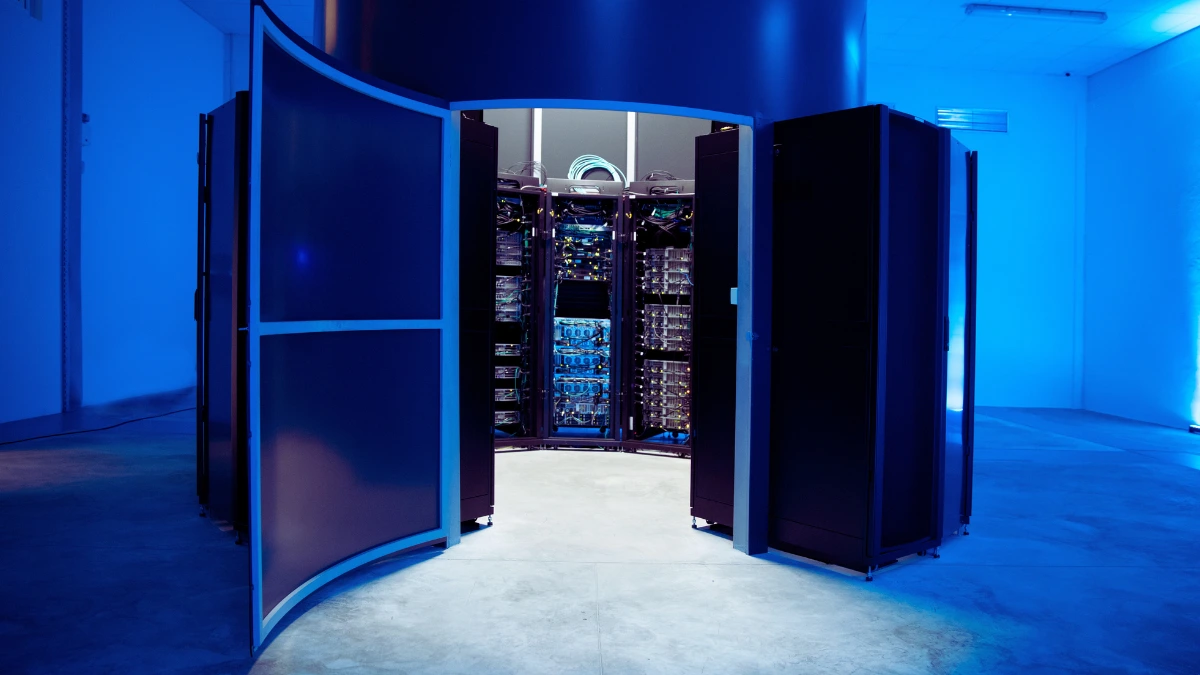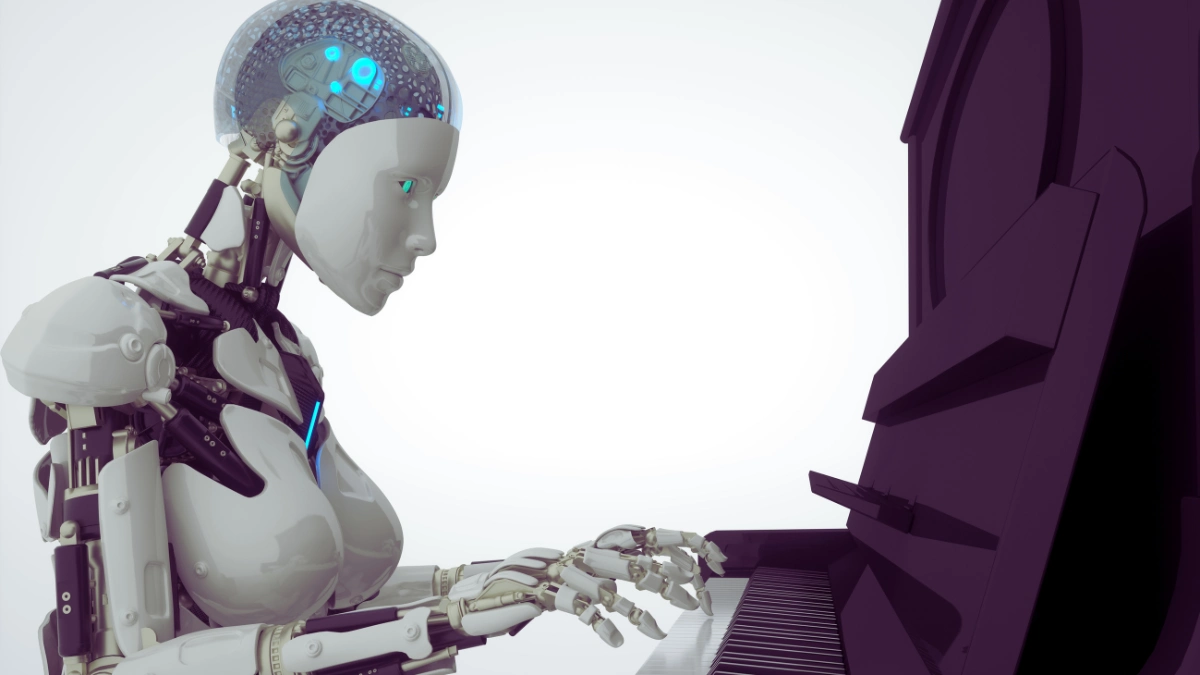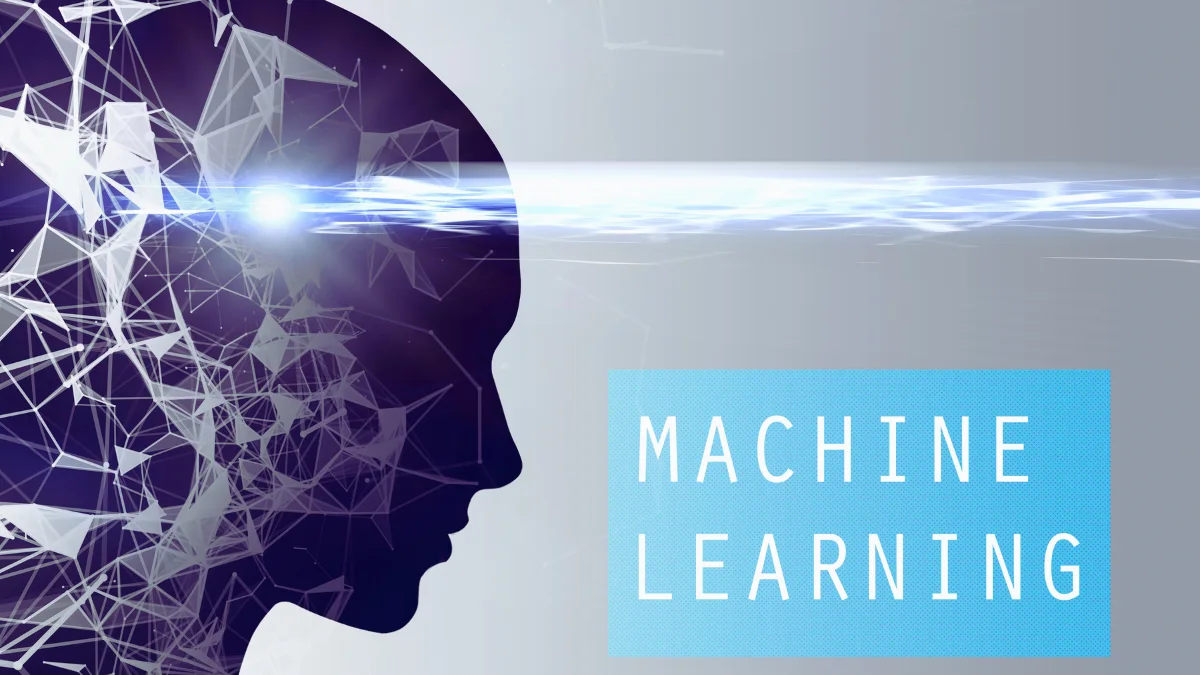Computers are about to think just like you—sensing, learning, and adapting with human-like intelligence. What sounds like science fiction is becoming a reality in 2025.
But here’s the catch: while these machines promise groundbreaking capabilities, most people feel unprepared for this radical transformation.
Are we on the brink of a technological revolution that could redefine human potential? Or are we courting a digital disaster that threatens our understanding of intelligence itself?
This deep exploration reveals the shocking truth about AI’s next frontier.
The Evolution of Brain-Inspired Computing
Neuromorphic computing represents a groundbreaking approach to artificial intelligence, challenging traditional computational paradigms. This revolutionary technology draws inspiration directly from the human brain’s intricate neural networks.
Neuromorphic Computing Fundamentals


Computers have long struggled to replicate human cognitive processes. Neuromorphic systems bridge this gap by mimicking biological neural structures.
Unlike conventional von Neumann architectures, these systems integrate processing and memory within artificial neurons. Researchers craft intricate networks that process information through dynamic, interconnected pathways.
Artificial neurons function similarly to their biological counterparts, firing signals and adapting based on input patterns. The architecture enables complex learning mechanisms, allowing systems to recognize patterns, make decisions, and adapt in real time.
Computational models now simulate synaptic plasticity, capturing the brain’s remarkable ability to restructure connections.
Quantum mechanics and advanced materials science contribute to these breakthrough designs. Silicon chips embedded with neuromorphic circuits can now perform complex cognitive tasks with unprecedented efficiency.
Scientists are developing increasingly sophisticated models that can understand context, learn from minimal data, and generate adaptive responses.
Key Technological Innovations


Cutting-edge developments are transforming neuromorphic computing landscapes. Intel’s Loihi 2 and IBM’s NorthPole represent significant milestones in neural-inspired chip design.
Spiking Neural Networks (SNNs) emerge as a revolutionary approach, processing information through precise electrical impulses.
Photonic technologies introduce radical computational methods. Light-based interconnects replace traditional electrical signals, enabling faster communication between artificial neurons.
Researchers at SpiNNcloud and HPE are pioneering these advanced communication strategies, drastically reducing energy consumption.
Machine learning algorithms seamlessly merge with neuromorphic hardware, enabling advanced cognitive computing capabilities. Quantum-neuromorphic hybrid systems demonstrate remarkable potential for solving complex computational challenges.
These innovations promise breakthroughs in autonomous vehicles, medical imaging, and climate modeling.
Collaborative research continues expanding technological boundaries. Global teams are developing increasingly sophisticated neural computation methods that challenge previous computational limitations.
Comparative Performance


Raw computational power tells an extraordinary story of neuromorphic advancement. The human brain operates at approximately one exaflop, consuming merely 20 watts of energy.
Conventional supercomputers like Frontier require 22.7 megawatts for comparable processing capabilities.
Neuromorphic systems dramatically improve energy efficiency. Intel’s Hala Point system, containing 1.15 billion artificial neurons, achieves 16 times greater energy efficiency in deep learning tasks.
These systems activate only when necessary, mimicking biological neural networks’ selective processing.
Performance metrics extend beyond energy consumption. Neuromorphic computers demonstrate superior pattern recognition, real-time decision-making, and adaptive learning capabilities.
Their ability to process complex information with minimal resources makes them exceptional for edge computing applications.
Researchers continue refining these systems, pushing computational boundaries. Each breakthrough brings us closer to truly intelligent machines that can think, learn, and adapt like human brains.
Brain-Computer Interfaces: Connecting Minds and Machines
Brain-computer interfaces represent a groundbreaking technological frontier where human neural signals meet advanced computational systems. These remarkable technologies promise to transform healthcare, communication, and human potential.
Medical and Therapeutic Applications


Neurological breakthroughs are reshaping medical treatment landscapes. Stanford researchers achieved a significant milestone by enabling a paralyzed patient to communicate through a speech articulator at near-natural speeds.
Intricate neural decoding technologies now translate brain signals into actionable commands with remarkable precision.
Rehabilitation strategies have expanded dramatically. Stroke patients regain motor functions through neural rerouting techniques, utilizing exoskeletons that interpret and translate brain signals.
Specialized interfaces help individuals with severe mobility constraints interact with external devices, restoring communication pathways.
Medical research explores profound applications beyond traditional treatments. Neural interfaces assist patients with spinal cord injuries, neurological disorders, and sensory impairments.
Cutting-edge technologies transform medical interventions, offering hope where traditional approaches faltered.
Researchers continue pushing boundaries, developing increasingly sophisticated neural communication methods that bridge human experience and technological innovation.
Technological Mechanisms


Signal decoding represents the core of brain-computer interface technologies. Advanced electrode systems capture neural electrical activity with unprecedented accuracy.
Researchers employ multiple approaches, ranging from invasive intracortical implants to non-invasive external sensors.
Sophisticated algorithms translate complex neural patterns into comprehensible digital signals. Machine learning models interpret brain activity, converting neural impulses into actionable commands.
Computational frameworks analyze millisecond-level neural communications, extracting meaningful information from intricate brain signals.
Sensor technologies continue evolving. Miniaturized electrodes can now detect subtle neural communications with minimal intrusion.
Wireless transmission systems enable real-time neural signal processing, creating seamless interactions between biological neural networks and computational systems.
Interdisciplinary teams collaborate to refine these technological mechanisms, pushing computational boundaries and expanding human-machine interaction possibilities.
Ethical Landscape


Ethical considerations form a critical framework surrounding brain-computer interface technologies. Neuralink’s human trials highlight complex moral territories.
Questions of privacy, consent, and potential cognitive augmentation emerge as central concerns.
Regulatory frameworks struggle to keep pace with rapid technological advancements. Invasive implant technologies raise significant medical and philosophical questions.
Potential risks include neural scarring, long-term physiological impacts, and unintended cognitive modifications.
Human enhancement debates intensify. Some researchers view BCIs as tools for medical rehabilitation, while others see potential for cognitive expansion.
Transparency becomes paramount, with increasing calls for comprehensive public discourse and rigorous scientific oversight.
Collaborative efforts like the Implantable BCI Collaborative Community work to establish ethical standards.
Balancing technological innovation with human values remains an ongoing challenge, requiring continuous dialogue and careful consideration.
Artificial Intelligence Model Evolution
The landscape of artificial intelligence transforms rapidly, challenging traditional computational approaches. Emerging technologies reshape how we understand machine learning and intelligent systems.
From Large to Smart Models


Computational economics drives significant shifts in AI model development. Traditional approaches favoring massive training models are giving way to more efficient, targeted solutions.
DeepSeek represents a breakthrough, achieving comparable reasoning capabilities while costing merely $5.6 million—a stark contrast to Meta’s Llama 3 expenditure.
Cost-effectiveness becomes a critical metric for modern AI systems. Researchers now prioritize compact, intelligent models that deliver high performance with minimal resource consumption.
Machine learning algorithms increasingly focus on precision over sheer size, developing models that understand the context with remarkable accuracy.
OpenAI’s inference costs face serious competition from emerging technologies. Smaller models demonstrate superior adaptability, learning complex tasks with unprecedented efficiency.
Computational strategies now emphasize intelligent design over brute-force computational power, marking a fundamental transformation in artificial intelligence research.
Emerging AI Paradigms


Global technological landscapes witness remarkable shifts in artificial intelligence development. Open-source models like Qwen 2.5 challenge closed technological ecosystems, democratizing advanced computational capabilities.
Cultural awareness becomes a critical feature, enabling localized intelligence that understands nuanced contextual requirements.
Machine learning transcends traditional boundaries. Researchers develop models capable of understanding complex cultural contexts, moving beyond generic computational approaches.
These intelligent systems adapt rapidly, learning from minimal data sets with extraordinary comprehension.
Technological democratization accelerates. Small teams and individual researchers can now access sophisticated AI technologies that were previously restricted to massive corporations.
Knowledge becomes more accessible, creating opportunities for global innovation. Complex computational challenges find solutions through collaborative, distributed intelligence networks.
Artificial intelligence transforms from a monolithic technological domain into a diverse, adaptable ecosystem of intelligent computational systems.
Technological Challenges and Limitations
Artificial intelligence encounters substantial obstacles in its march toward human-like cognition. Complex computational landscapes reveal intricate challenges that demand innovative solutions.
Computational Constraints


Energy consumption represents a critical bottleneck for advanced AI systems. Projections suggest computational infrastructure might double energy requirements by 2026.
Researchers grapple with the fundamental limitations of current technological architectures, seeking more sustainable computational approaches.
Machine learning models demand exponentially increasing computational resources. Traditional computing infrastructures struggle to support complex neural networks.
Quantum computing and neuromorphic technologies emerge as potential breakthrough solutions, offering alternative computational paradigms that challenge existing architectural constraints.
Global data centers consume massive energy volumes. Researchers explore innovative cooling techniques, advanced semiconductor designs, and distributed computing models to mitigate environmental impacts.
Sustainable computational strategies become crucial for future technological development, balancing computational power with ecological considerations.
Technical Roadblocks


Programming neuromorphic systems requires a radical reimagining of computational methodologies. Traditional software development approaches falter when confronting neural-inspired architectures.
Developers must develop entirely new programming languages and conceptual frameworks to effectively utilize brain-like computational systems.
Scalability challenges emerge as significant technological hurdles. Current neuromorphic systems struggle to maintain performance consistency across complex computational tasks.
Machine learning algorithms encounter difficulties translating research breakthroughs into practical, large-scale implementations.
Standardization remains a critical concern. The lack of universal protocols hampers technological advancement.
Research teams worldwide work to establish comprehensive frameworks that enable the seamless integration of diverse neuromorphic computing approaches.
Computational complexity continues challenging human understanding, pushing technological boundaries toward increasingly sophisticated neural-inspired systems.
Are We Ready? A Multidimensional Assessment
The journey toward brain-like artificial intelligence confronts us with profound technological and ethical challenges. Our readiness demands rigorous examination across multiple critical dimensions.
Technological Readiness


Computational capabilities advance at unprecedented rates. Neuromorphic systems demonstrate remarkable potential, bridging gaps between human cognitive processes and machine intelligence.
Researchers have developed artificial neural networks that process information with increasing sophistication, mimicking biological neural structures.
Breakthrough technologies emerge rapidly. Intel’s Hala Point system, containing 1.15 billion artificial neurons, achieves remarkable energy efficiency in deep learning tasks.
Quantum-neuromorphic hybrid systems show promise in solving complex computational challenges that traditional computing architectures cannot address.
Current technological landscapes reveal significant progress. Machine learning algorithms now integrate seamlessly with advanced hardware, creating more adaptive and responsive systems.
Computational models continue expanding their capabilities, approaching human-like pattern recognition and decision-making processes.
Strategic research collaborations accelerate technological development, pushing boundaries of what machines can comprehend and execute.
Ethical Preparedness


Ethical considerations form the critical backbone of technological advancement.
Regulatory frameworks find it difficult to keep up with the quick advances in computing. Privacy concerns, potential misuse, and societal implications demand scrutiny.
Comprehensive ethical standards are being forged through collaborative initiatives such as the Implantable BCI Collaborative Community.
Researchers grapple with fundamental questions of human enhancement, cognitive augmentation, and technological boundaries. Transparency becomes paramount in addressing public concerns and building trust.
Global conversations expand around technological governance. Interdisciplinary teams develop nuanced approaches to managing artificial intelligence’s potential societal impacts.
Critical discussions explore the delicate balance between technological innovation and human values.
Ethical frameworks must evolve alongside computational capabilities, ensuring responsible development that prioritizes human welfare and individual autonomy.
Technological progress requires careful navigation, balancing remarkable potential with responsible implementation.
Tired of 9-5 Grind? This Program Could Be Turning Point For Your Financial FREEDOM.


This AI side hustle is specially curated for part-time hustlers and full-time entrepreneurs – you literally need PINTEREST + Canva + ChatGPT to make an extra $5K to $10K monthly with 4-6 hours of weekly work. It’s the most powerful system that’s working right now. This program comes with 3-months of 1:1 Support so there is almost 0.034% chances of failure! START YOUR JOURNEY NOW!




